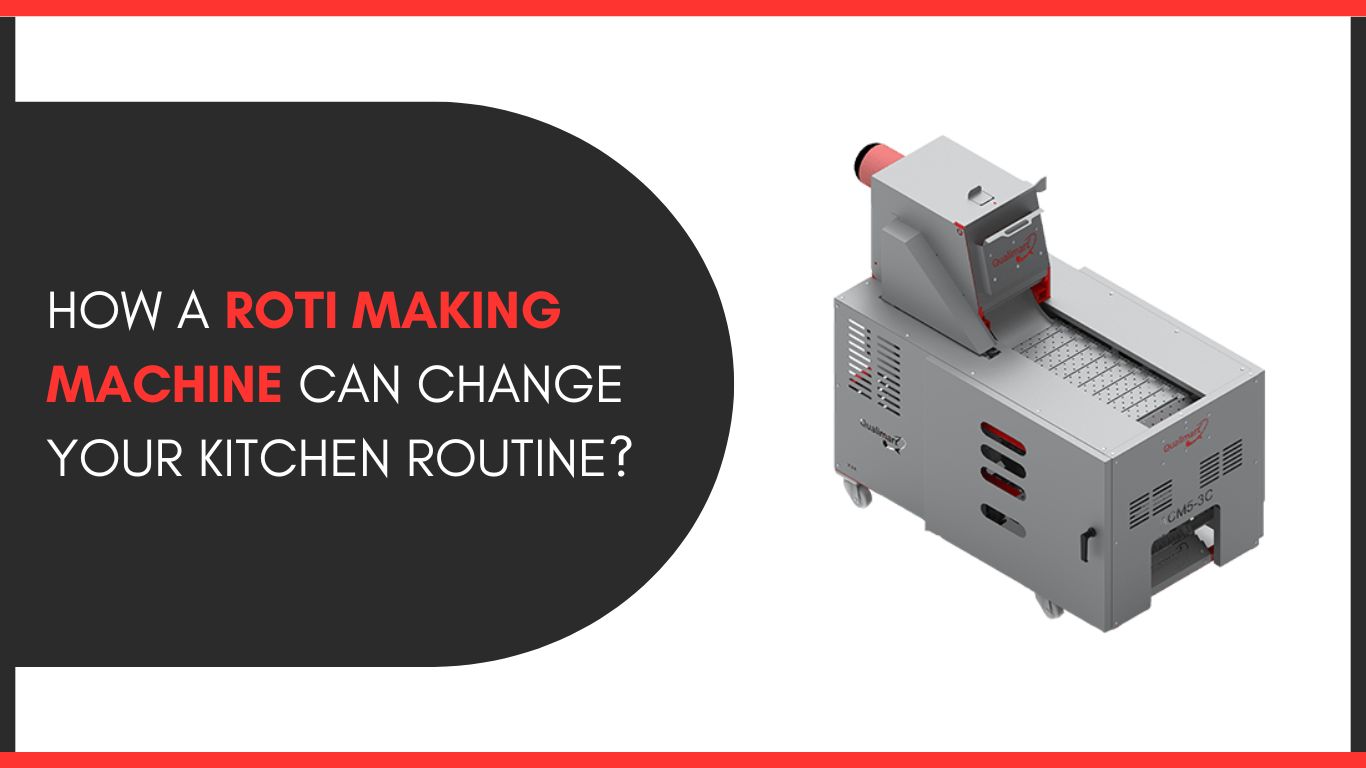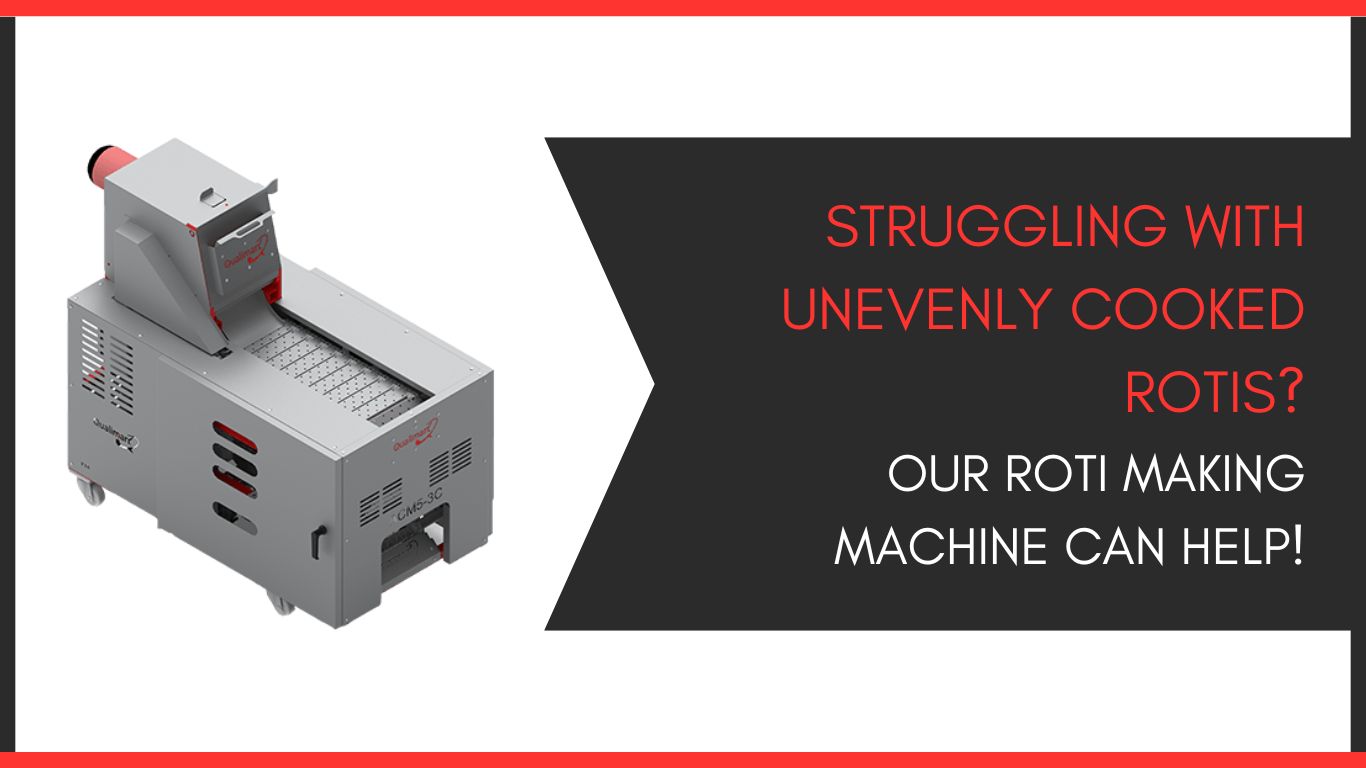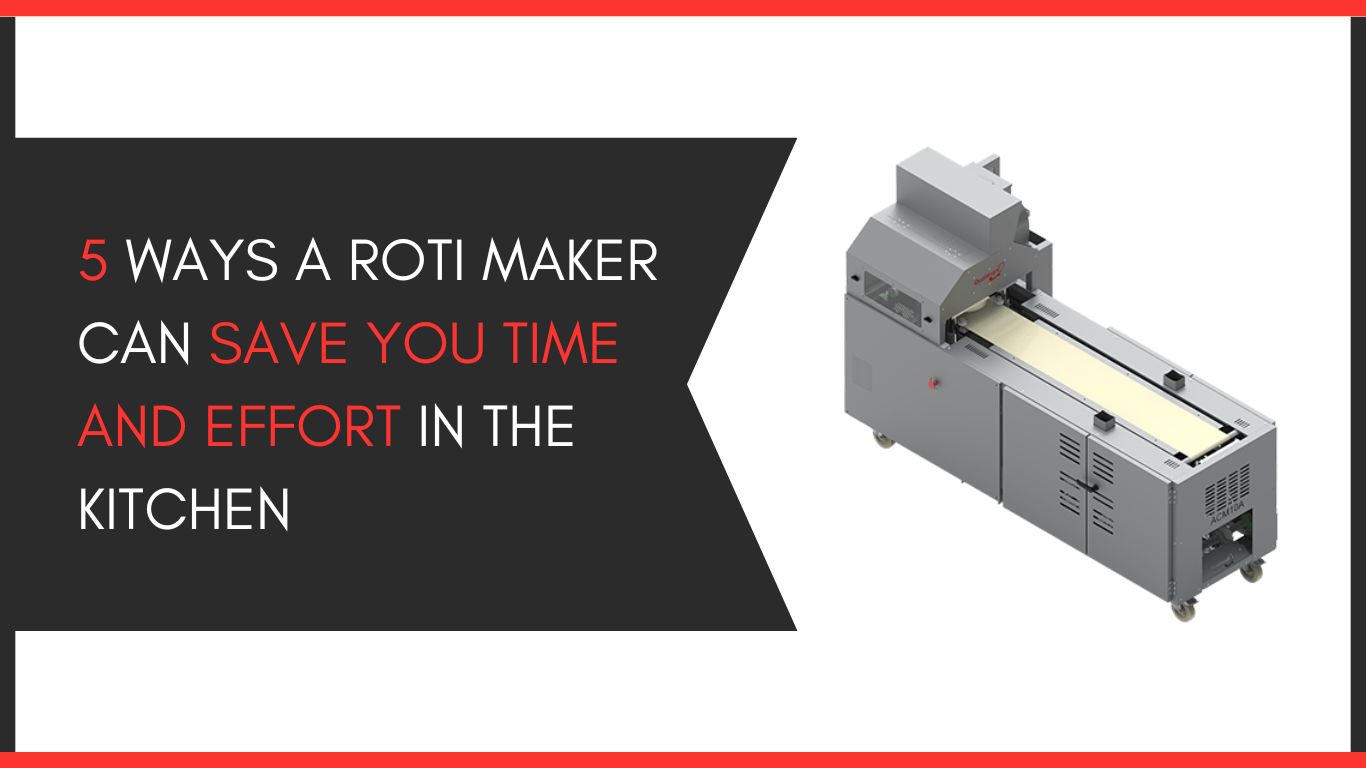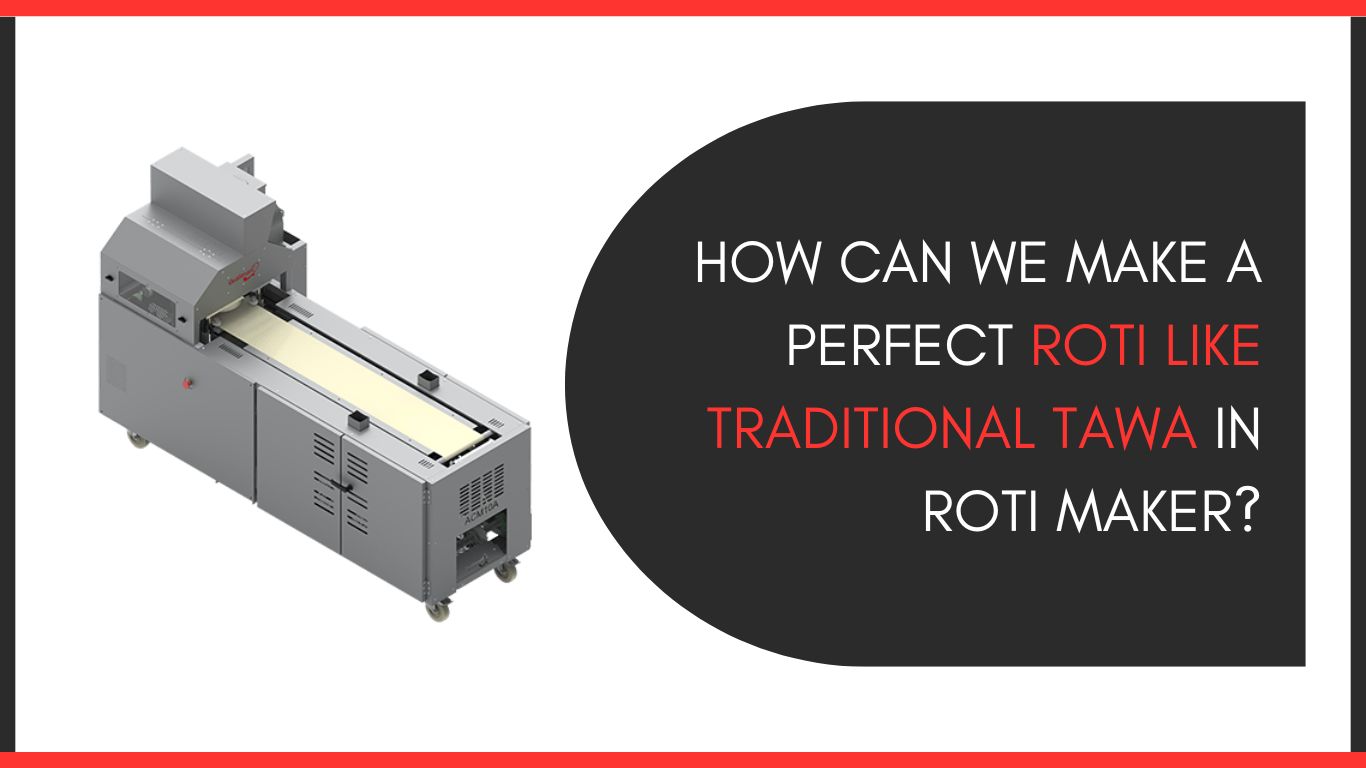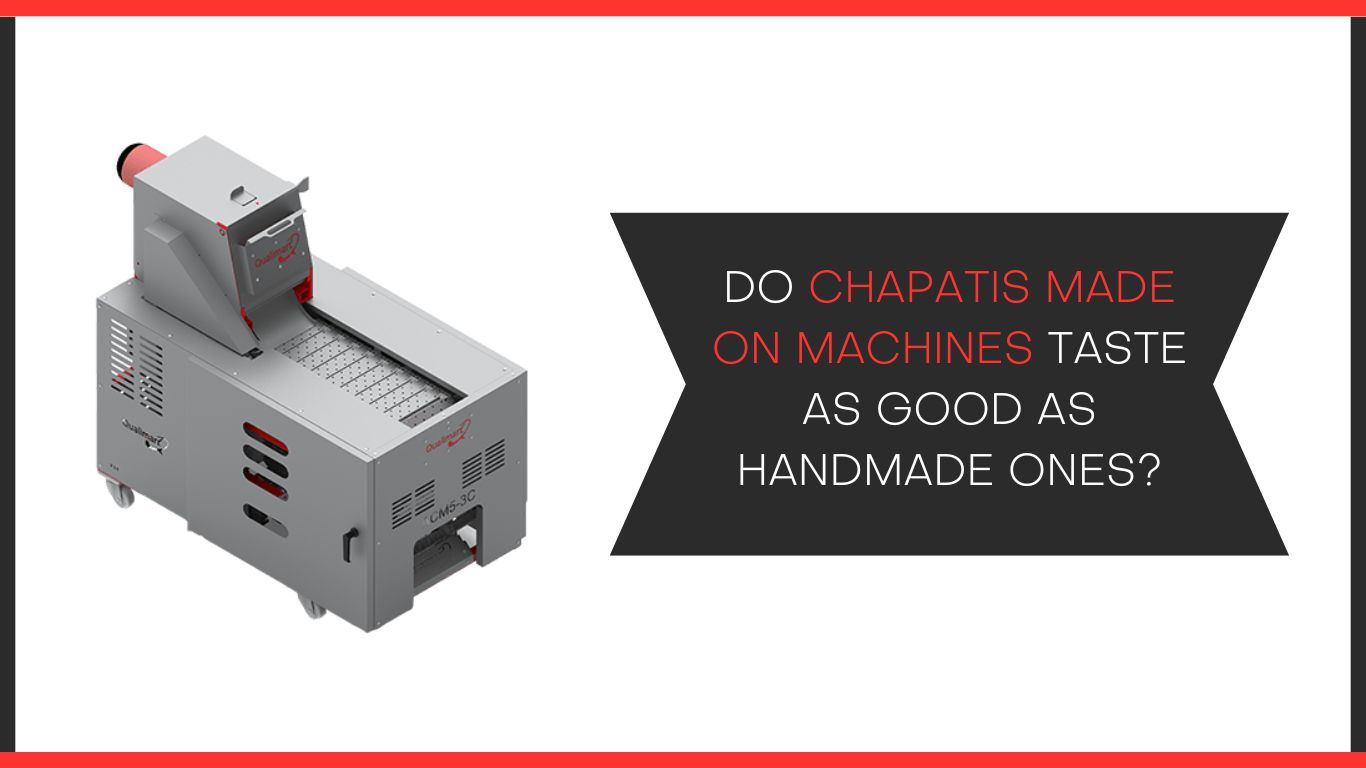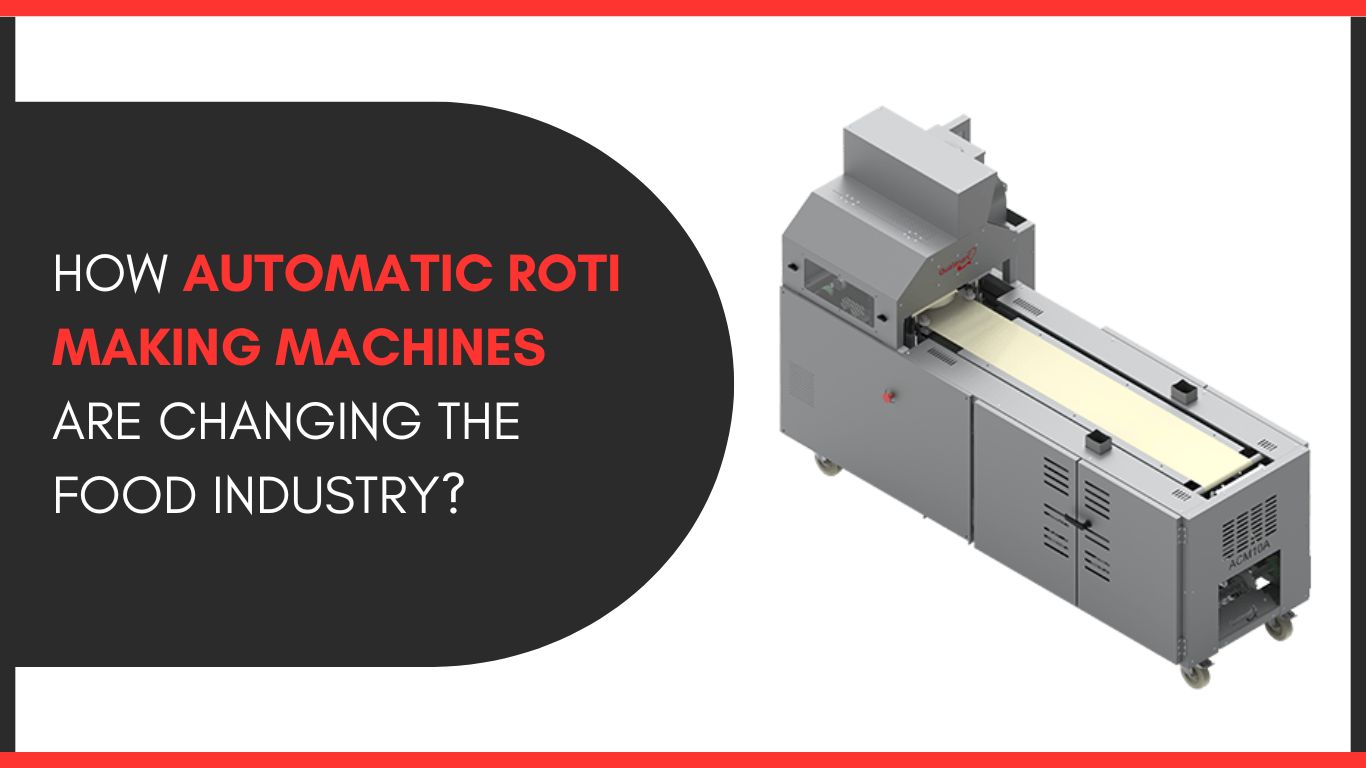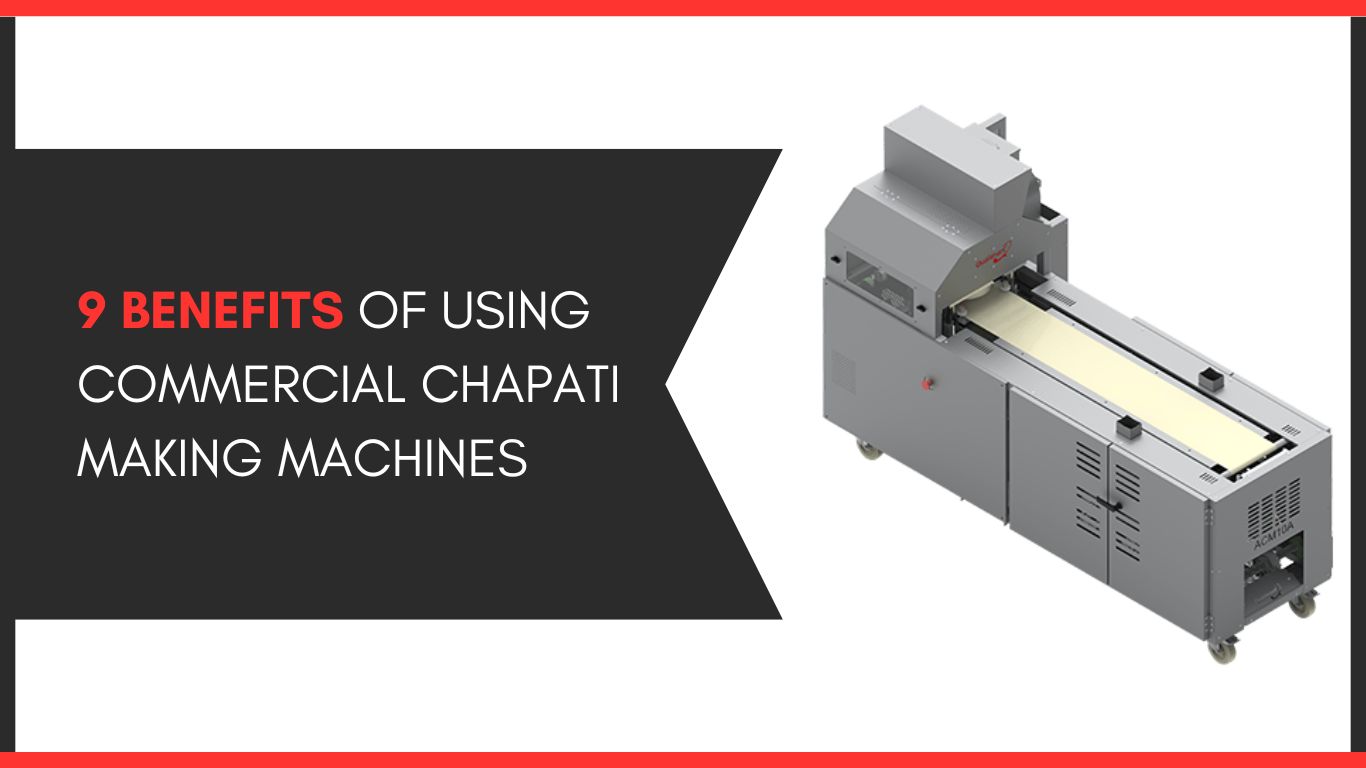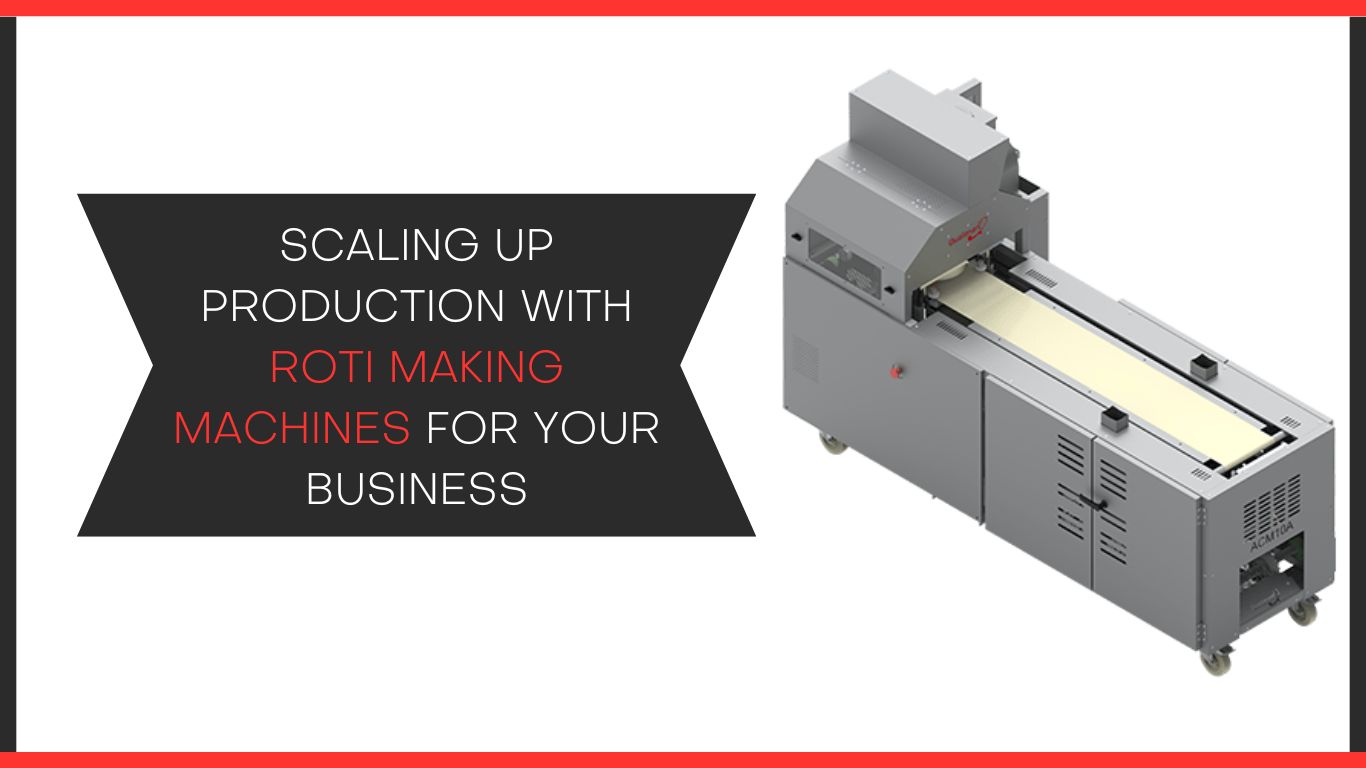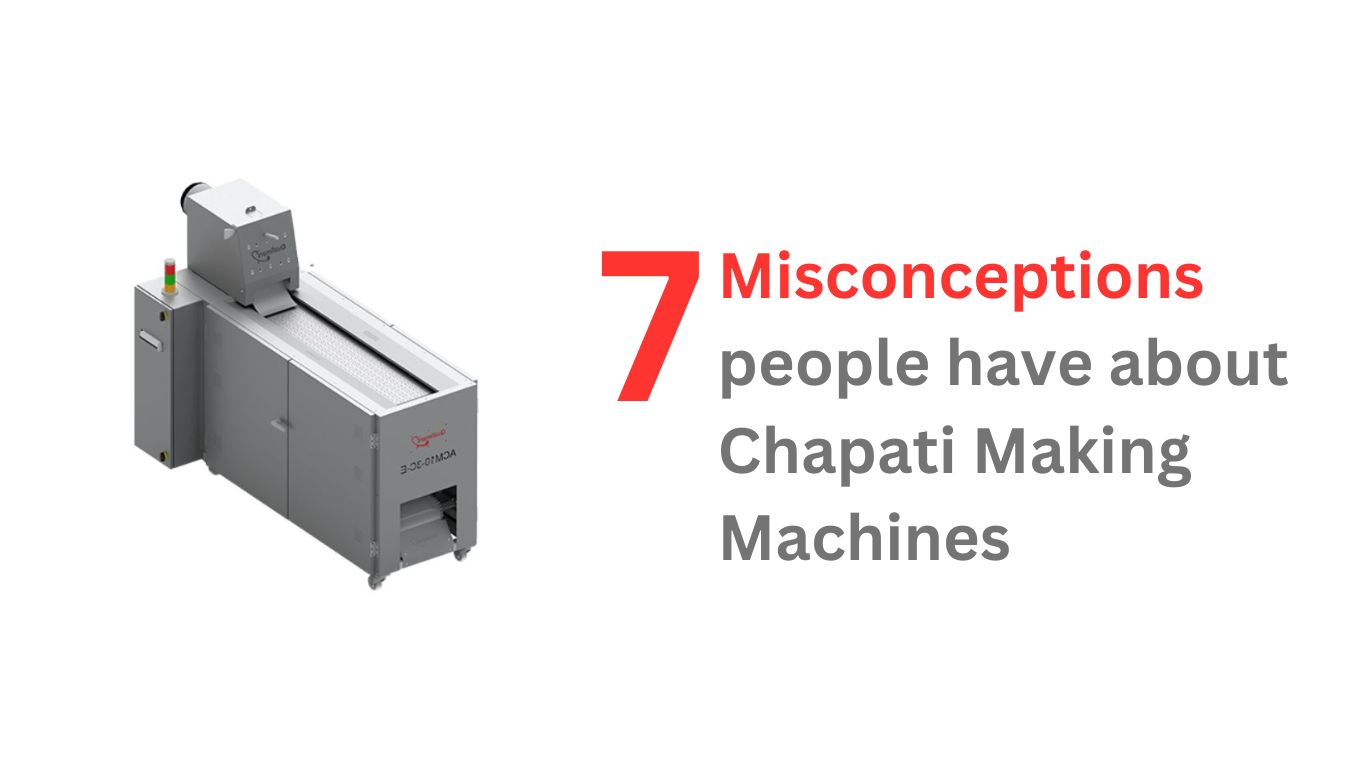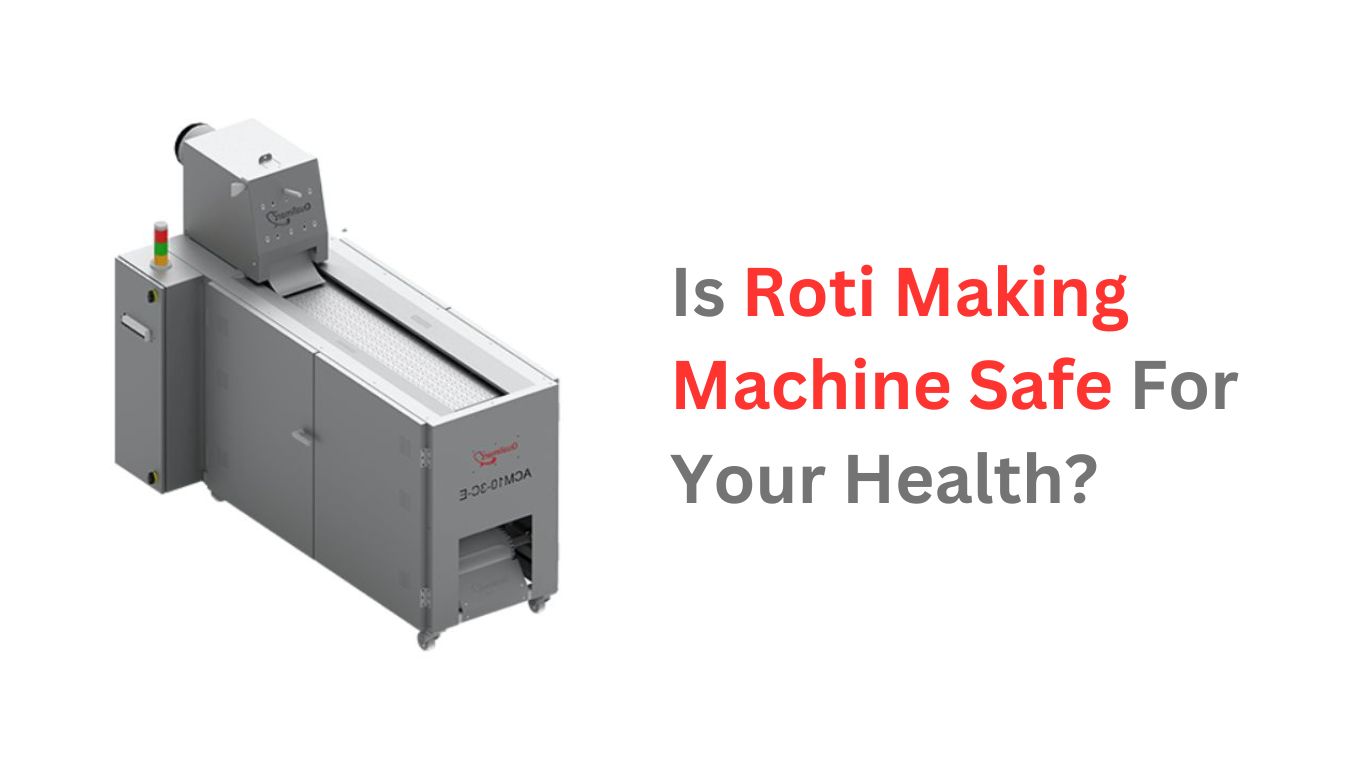Have you ever felt like your kitchen routine could use a little shake-up? Imagine you’re in your kitchen, ready to make some delicious rotis for dinner but instead of spending all that time rolling out dough and cooking each roti individually, what if you could just press a button and let a machine do all the hard work for you?
That’s where a roti making machine comes in, but it’s not just about convenience; it’s about quality too. With a roti making machine, you can say goodbye to unevenly cooked rotis or ones that are too thick or thin.
In this blog post, we’re going to explore how a roti making machine can change your kitchen routine from saving time to ensuring consistent results.
Problems with Traditional Roti Making
Making roti the traditional way can be a bit of a hassle. Here are some common issues people face:
- Time-consuming Process: It takes a lot of time and effort to knead the dough, roll it out, and cook each roti individually.
- Skill Required: Making perfectly round and evenly cooked rotis requires practice and skill, which not everyone has.
- Inconsistency in Results: Even with practice, it’s hard to get consistent results every time. Some rotis might be too thick or thin, or they might not puff up properly.
These problems can make roti making stressful and time-consuming, especially for extremely busy places.
What are the benefits of a roti making machine?
Roti making machines offer many advantages that can simplify your kitchen routine:
- Time-saving: With a roti making machine, you can prepare rotis much faster than by hand. It saves you time and effort, especially during busy days.
- Consistent quality: These machines ensure that each roti is evenly rolled and cooked, resulting in consistent taste and texture every time.
- Easy to use: Roti making machines are designed to be user-friendly, even for those with limited cooking experience. Just follow the instructions, and you’ll have perfect rotis in no time.
- Variety of options: You can adjust the thickness and size of the rotis according to your preference. Some machines even offer additional features like making different types of flatbreads.
Read More – What are the advantages of a roti maker?
Features to look for in a roti making machine
When choosing a roti making machine, it’s important to consider certain features to ensure it meets your needs. Here are some key things to look for:
- Capacity: Check how many rotis the machine can make at once. Choose a capacity that matches your family size or cooking needs.
- Automatic vs. Manual: Decide if you prefer a fully automated machine or one that requires some manual input. Automatic machines are easier to use but may cost more.
- Dough Kneading Capabilities: Look for a machine that can knead the dough for you. This saves time and effort compared to doing it manually.
- Cleaning and Maintenance: Consider how easy it is to clean the machine after use. Look for features like detachable parts or non-stick surfaces for hassle-free cleaning.
Types of roti making machine
Roti making machines come in different types to suit various needs and preferences. Here are the main types:
Fully Automatic Roti Making Machines
- A fully automatic roti making machine does everything from kneading the dough to rolling and cooking the rotis automatically.
- They are convenient and require minimal effort from the user.
Semi-Automated Machines
- The semi automatic roti making machine automates some steps of the roti-making process, such as rolling or cooking, but may require manual intervention for others.
- They offer a balance between convenience and control.
Choose the type of roti making machine based on your kitchen routine, budget, and preference for automation.
Check out the different types of roti making machines by Qualimark Machines.
Final Words
Adding a roti making machine to your kitchen can really change things up! You can say goodbye to long hours spent rolling dough by hand. With a machine, you’ll save time and effort while still enjoying fresh, homemade like rotis whenever you want but make sure to choose a machine that fits your needs and budget, and don’t forget to read reviews from other users to help you make the best decision. Once you have your machine, give yourself some time to get used to it and don’t be afraid to experiment with different recipes and techniques. Before you know it, you’ll wonder how you ever lived without it!

